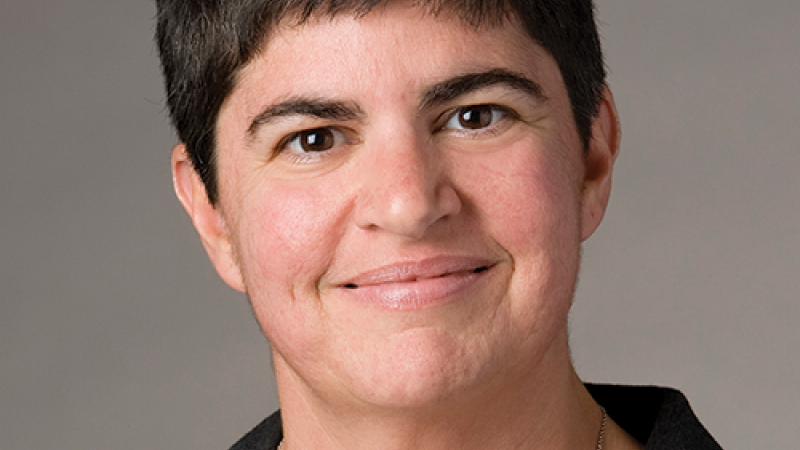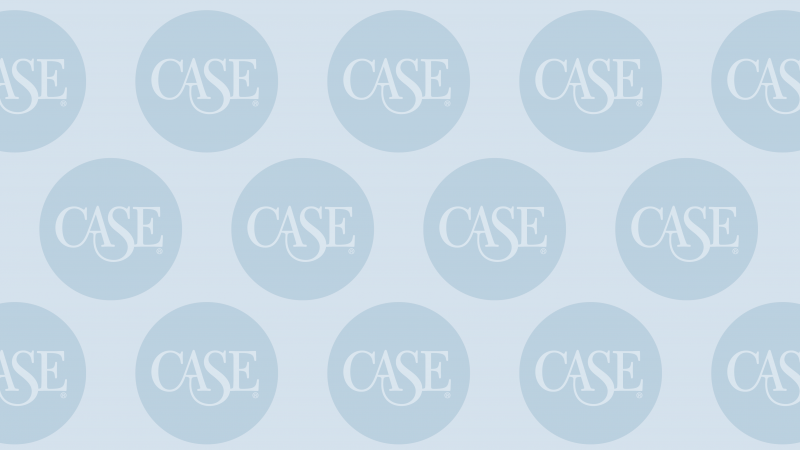
Using Creativity for Good
One of the themes we champion in education is its ability to break down barriers to societal progress. Today’s campuses are bringing a well-deserved spotlight to complex social issues, such as inclusion, identity, and sustainability.
As communicators, designers, writers, and content producers, we have an opportunity to use our skills as a powerful force for social innovation and change. Words and design are powerful tools for giving voice to issues by shaping tone and perception.
But this will only happen if we really dive deep into challenging our perceptions, awareness, and solutions to the wider scope of issues our students are facing today such as:
- Food insecurity: 36% of university students and 42% of community college students are affected by food insecurity. (Temple University and the Wisconsin HOPE Lab)
- Student parents: 22% of all undergraduates are parents with 43% single mothers. (National Postsecondary Student Aid Study)
- Mental health: 60% of students experience overwhelming anxiety, and 40% felt so depressed they had difficulty functioning. (Association for University and College Counseling Center Directors)
Tackling these pressing issues means leaving old ideas behind; simply making a poster to hang on an overstuffed campus bulletin board or designing a flyer to leave in the health center is not enough. Developing a campaign and driving engagement means more than a couple of social media graphics and a link to a webpage of vague tips and advice. It needs to be a comprehensive multi-pronged approach across channels—layering and building awareness strategically.
Consciously challenging our ideas and understanding of these issues means developing new action plans, targeted messaging, and real engagement with our stakeholders. This can only be accomplished if we stop communicating in a one-way “megaphone” manner and instead invite real conversations and a dialogue with the people experiencing these realities.
How do we do this?
- Be curious. Start with true curiosity about the journey someone experiencing these challenges faces, and bring real empathy to the context. These soft skills can act as a transformative agent for initiating a wider discussion and deeper dive into opportunities to develop means of sharing these issues with a wider audience.
- Ask a lot of “why” questions. Not all problems have a single root cause. By employing the “5 Whys” methodology, you can begin to understand the variety of contributing issues and challenges. Repeating the question “Why?” over and over again, will help your team get past the symptoms of a problem. This technique will encourage deeper thinking and analysis to better help identify barriers and causes of problems so that stronger, more meaningful, solutions can be found.
- Listen and observe. All too often we rely on research articles or data, which are important to understand the magnitude of an issue but lack the personal journey and emotional connection of our stakeholders' experiences. Go hear your students’ personal stories and impressions; listen first hand to what it’s like for them. By weaving those narratives into our messaging and strategies, we can produce stronger and more impactful opportunities to truly motivate our audience.
- Create with legibility and usability as the core. Convoluted design or institutional phrasing can get in the way of messages being absorbed. Our communications need to be easily understood in order to challenge assumptions and perceptions. We need to produce strong, bold communications that lay bare truths and help challenge misconceptions.
- Spotlight the issues. We don’t always have the answers, but we can still show the problems. Revealing obstacles and highlighting realities is central to building a coalition of change. Confronting hardships facing our campuses invites our community to be part of the dialogue and shows that the institutions care about these topics.
Universities and colleges can truly make tomorrow a better place; but only if we help raise awareness and create solutions to social, cultural, environmental, and economic crises. To move the needle, we have to truly understand the root causes and how it affects the lives of our constituents.
Our world view gets shaped by what we’re exposed to but only if we notice and react to the messaging. We have the opportunity, and the responsibility, to help spotlight important issues on our campuses. By helping our stakeholders recognize and connect emotionally to these challenges, we can help drive change, advocate for support, and inspire action and participation.
About the author(s)
Beth Elzer has more than 25 years of experience in the higher ed and nonprofit sectors. She is a design nomad at Elzer Design Lab doing freelance consulting work for higher ed clients in Europe, Asia and North America.
Previously, she spent a decade as the creative director for Imperial College London, a research university in the U.K. specializing in STEM. Prior to her appointment at Imperial, she has worked at the following institutions: the American Association for the Advancement of Science in Washington, D.C., the University of Edinburgh in Scotland and Purdue University in her home state of Indiana. During her career, she has been the recipient of more than 90 industry awards including UCDA Awards, CASE Circle of Excellence Awards, as well as appearing in HOW Magazine and Communications Arts.


